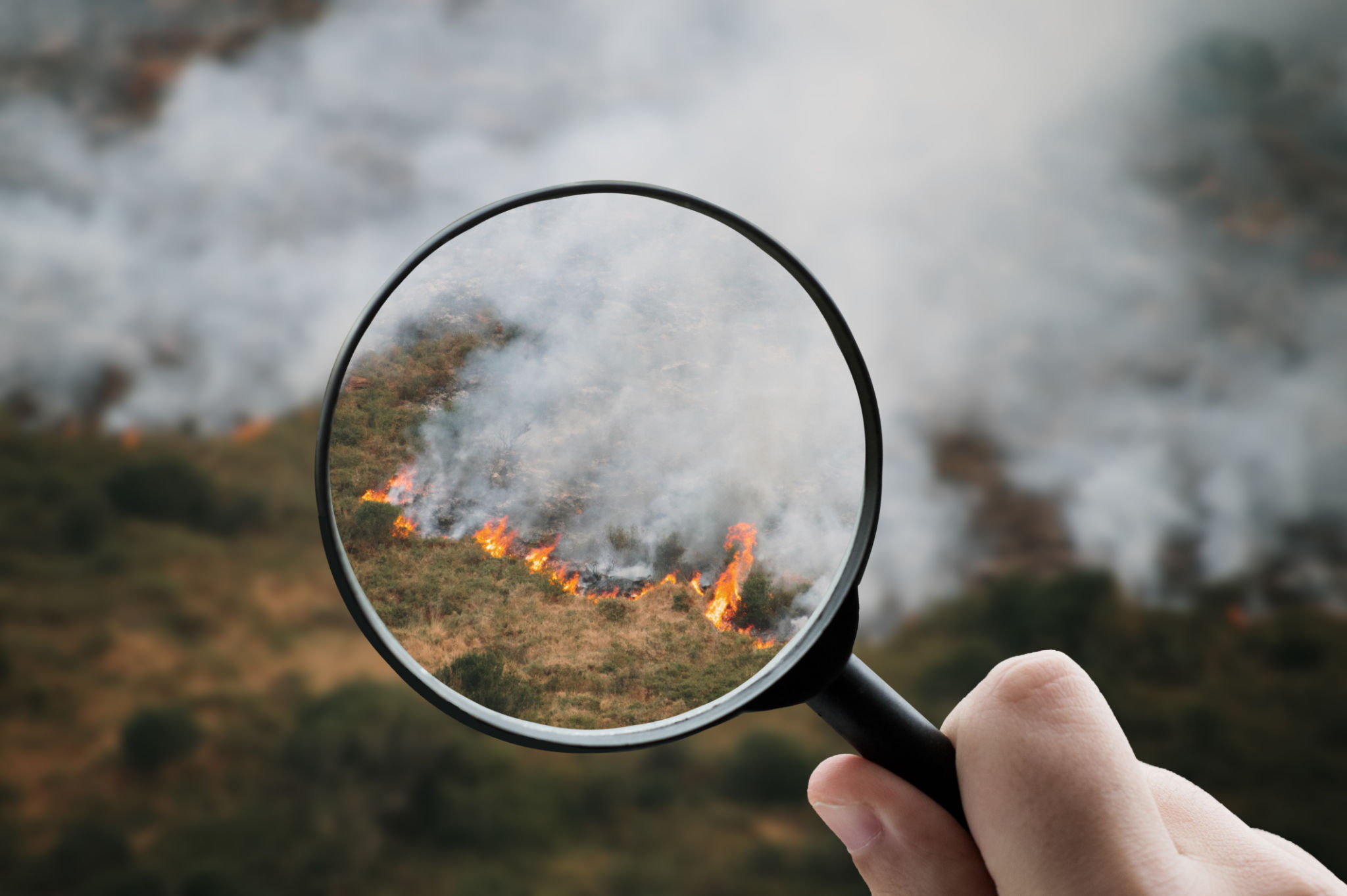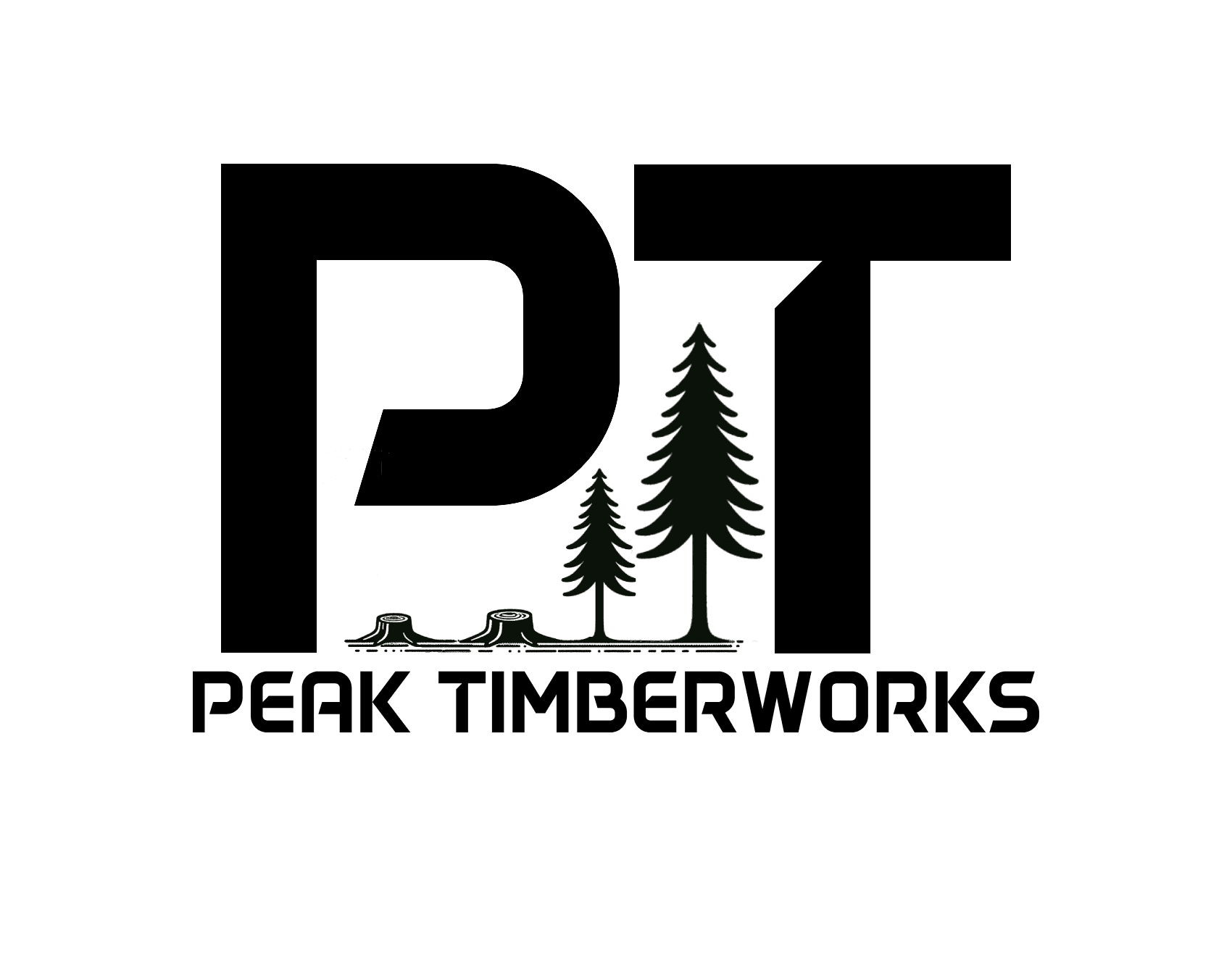Preparing Your Property for Wildfire Season: Fire Mitigation Strategies
Understanding the Risk of Wildfires
Wildfires are increasingly becoming a common concern for property owners, especially in areas prone to dry conditions and strong winds. Understanding the risk factors and taking proactive measures can significantly reduce the chances of your property being affected. Wildfires can spread rapidly, consuming everything in their path, so preparation is crucial.
Assess Your Property's Vulnerability
Begin by assessing the vulnerability of your property. Look for potential fire hazards such as dry vegetation, wood piles, or any flammable materials close to your home. Consider the topography of your land as fires tend to spread faster uphill. Identifying these risks is the first step towards effective fire mitigation.

Implementing Fire Mitigation Strategies
Once you have assessed the vulnerability, it's time to implement fire mitigation strategies. These strategies are designed to create defensible space around your property, thereby increasing the chances of your home surviving a wildfire.
Create Defensible Space
Defensible space is a buffer between your home and the surrounding vegetation that could catch fire. This space helps slow down or stop the spread of wildfire. To create defensible space, consider the following:
- Keep grass and weeds mowed to a height of less than four inches.
- Remove dead branches, leaves, and other debris from your yard.
- Prune tree limbs up to six to ten feet from the ground.
Use Fire-Resistant Landscaping
Implementing fire-resistant landscaping is another effective way to protect your property. Opt for plants that are less likely to catch fire, such as succulents and deciduous trees. Ensure that your garden is well-maintained and adequately irrigated. Consider using non-flammable materials for outdoor decorations and structures.

Prepare Your Home for Wildfire Season
In addition to landscaping, preparing your home itself is critical. Start by inspecting your roof and gutters, as embers can easily ignite dry leaves or debris accumulated there. Keep gutters clean and consider installing metal mesh screens to prevent debris accumulation.
Upgrade Building Materials
If possible, upgrade building materials to those that are less flammable. This includes using fire-resistant roofing materials, siding, and decking. Regularly inspect windows and doors for gaps where embers could enter, and seal them appropriately.
Emergency Preparedness
Lastly, ensure that you have an emergency plan in place. Have a family evacuation plan ready and practice it regularly. Keep an emergency kit stocked with essentials like water, food, and first-aid supplies. Stay informed about local fire warnings and updates.

By taking these proactive steps, you can reduce the risk of wildfire damage to your property significantly. Remember that preparation is key to safeguarding your home and loved ones during wildfire season.
